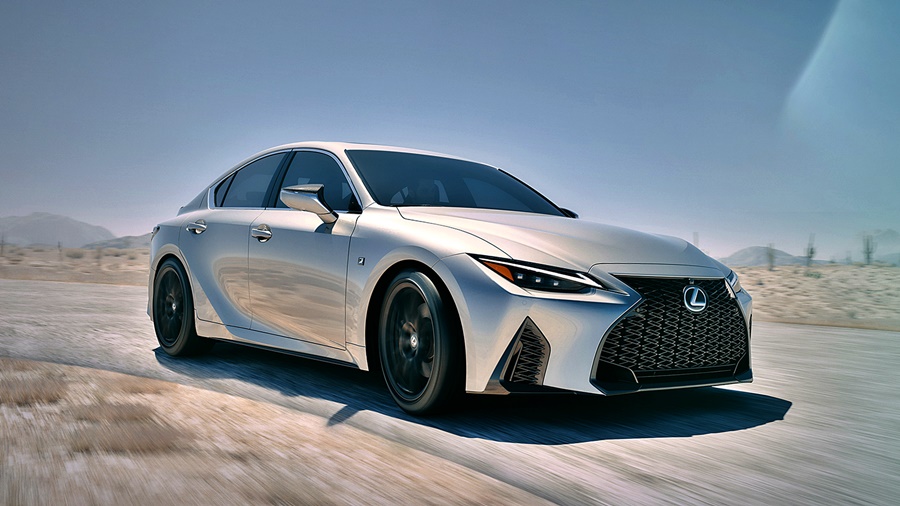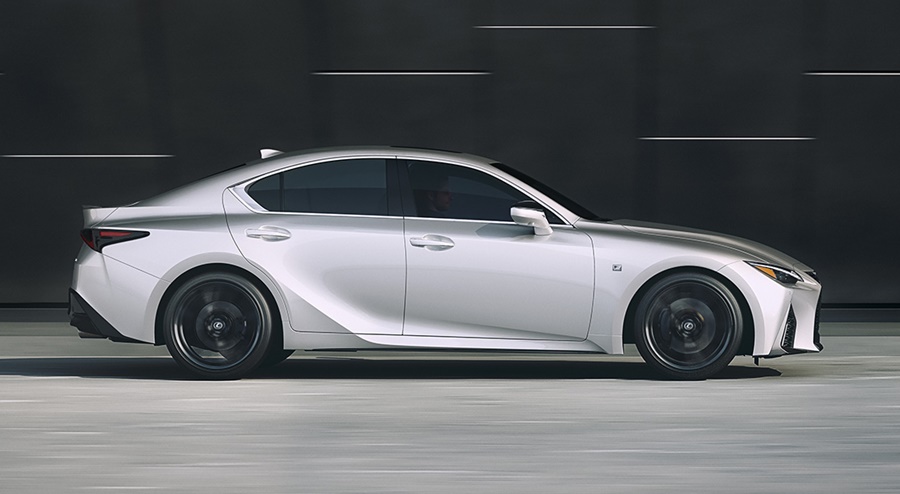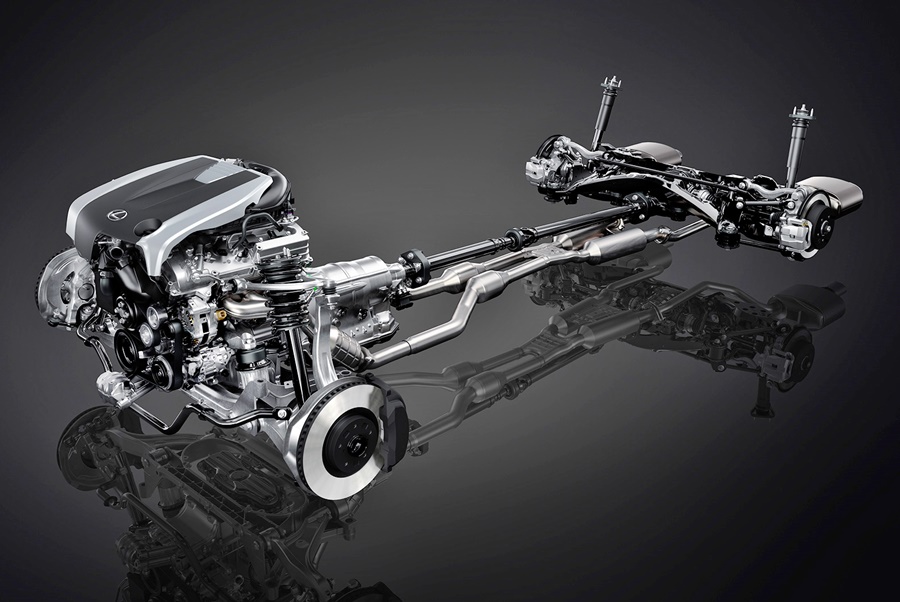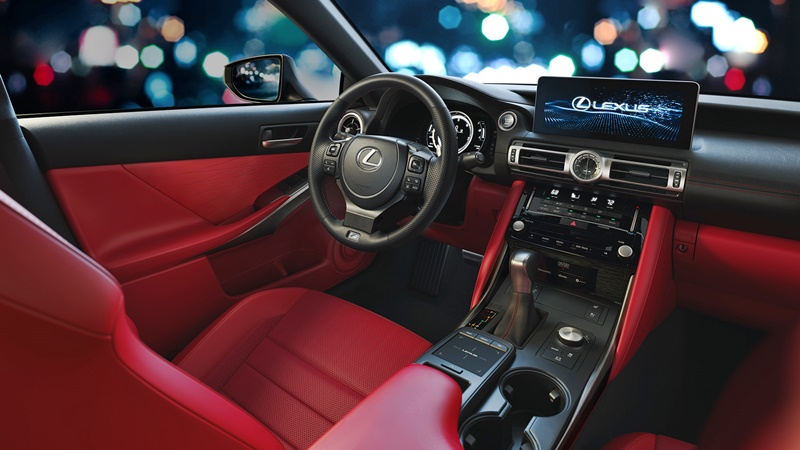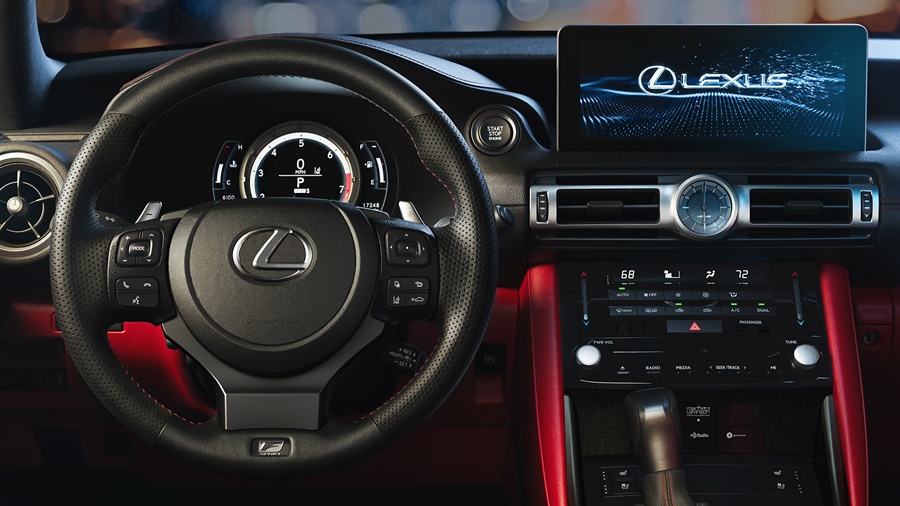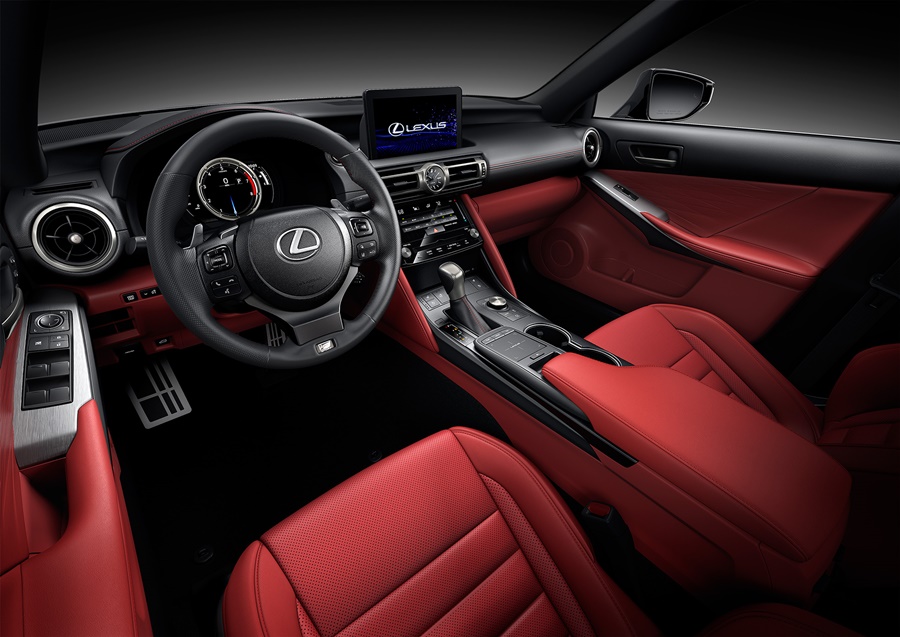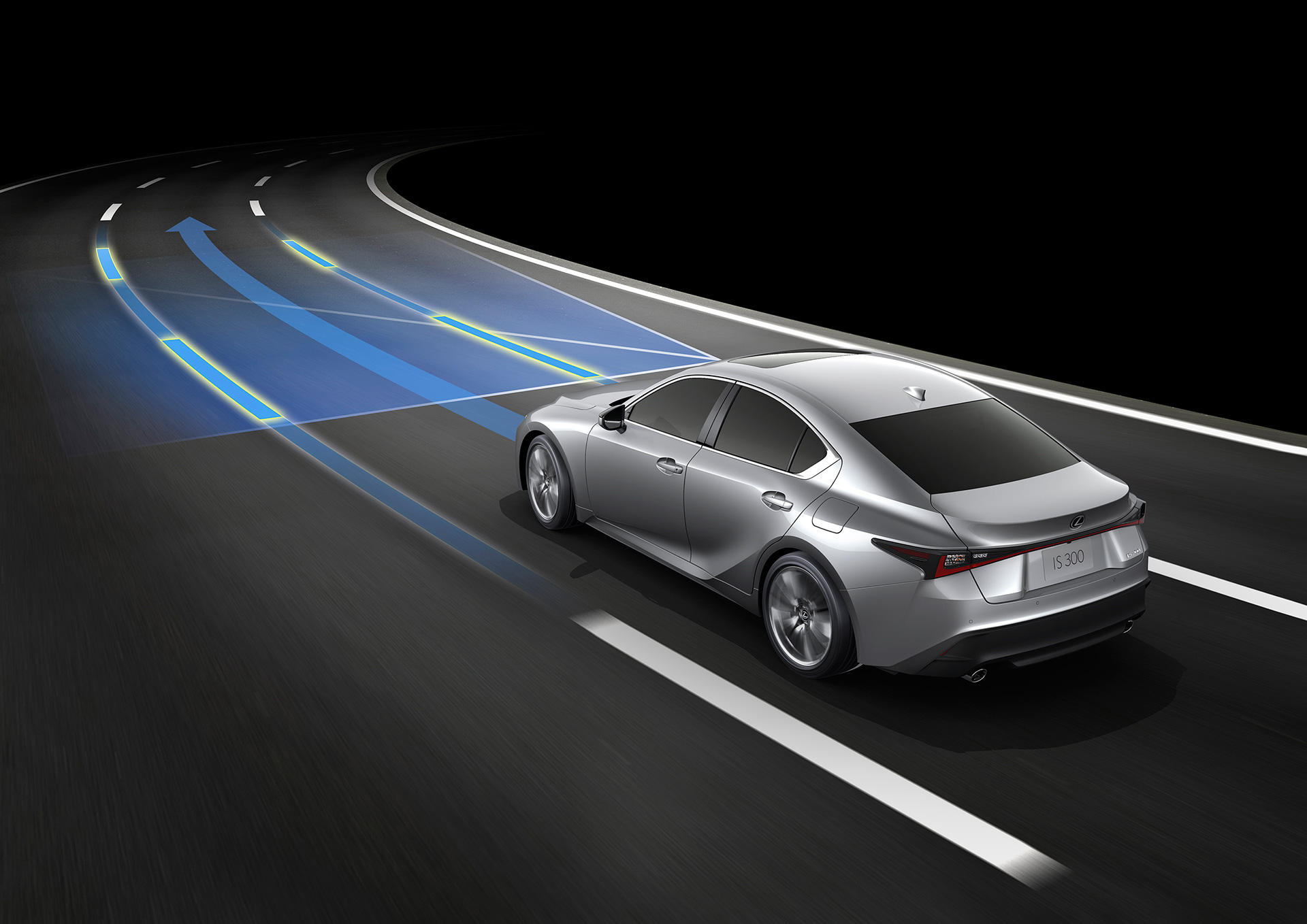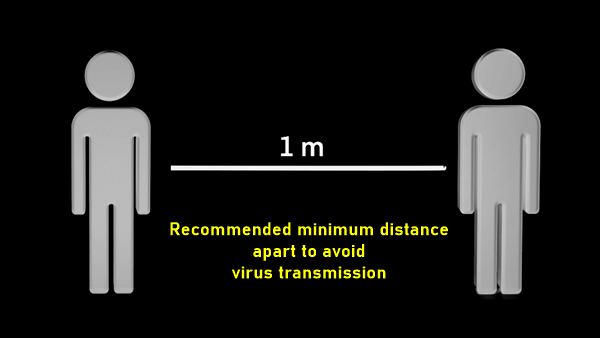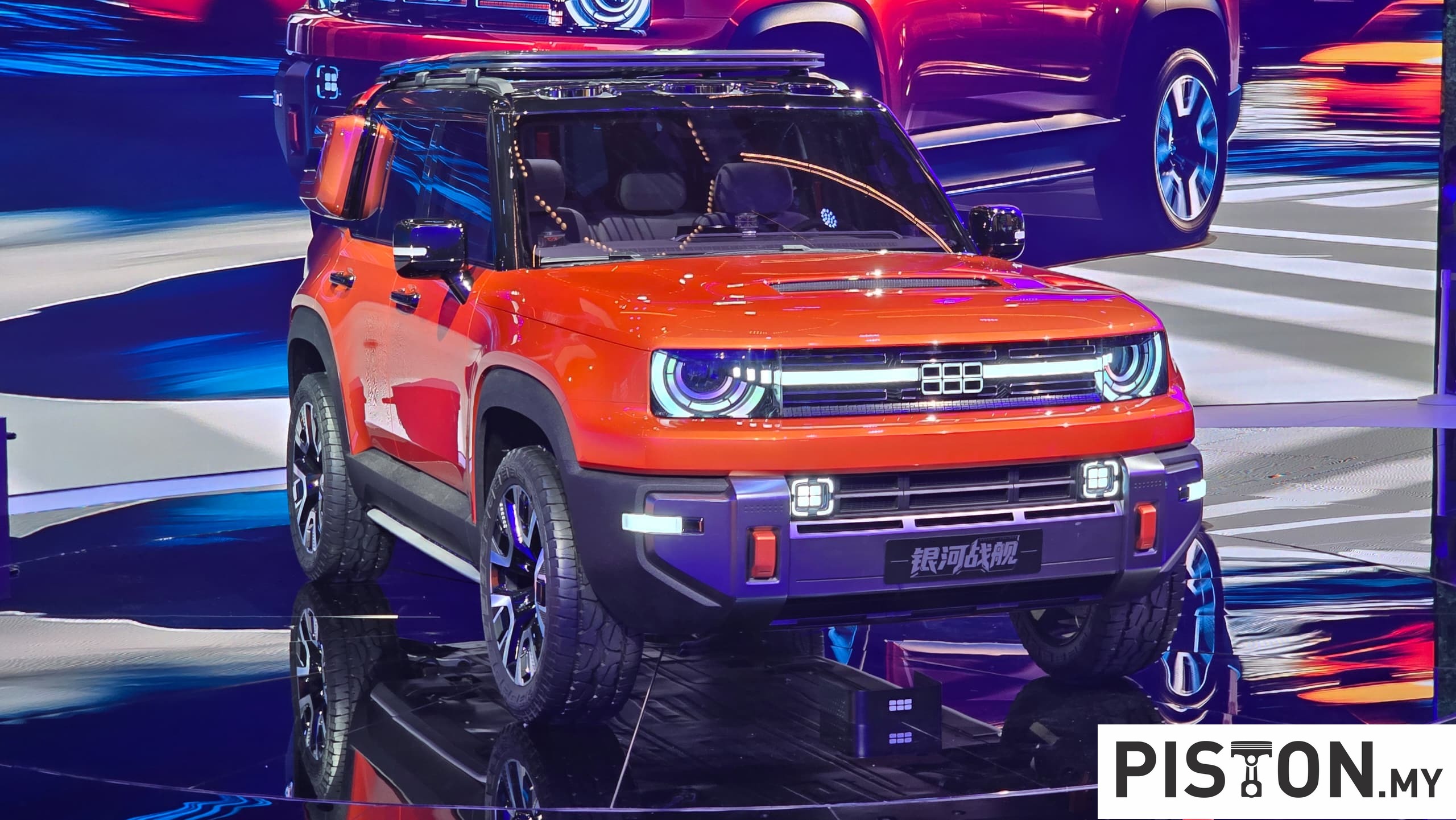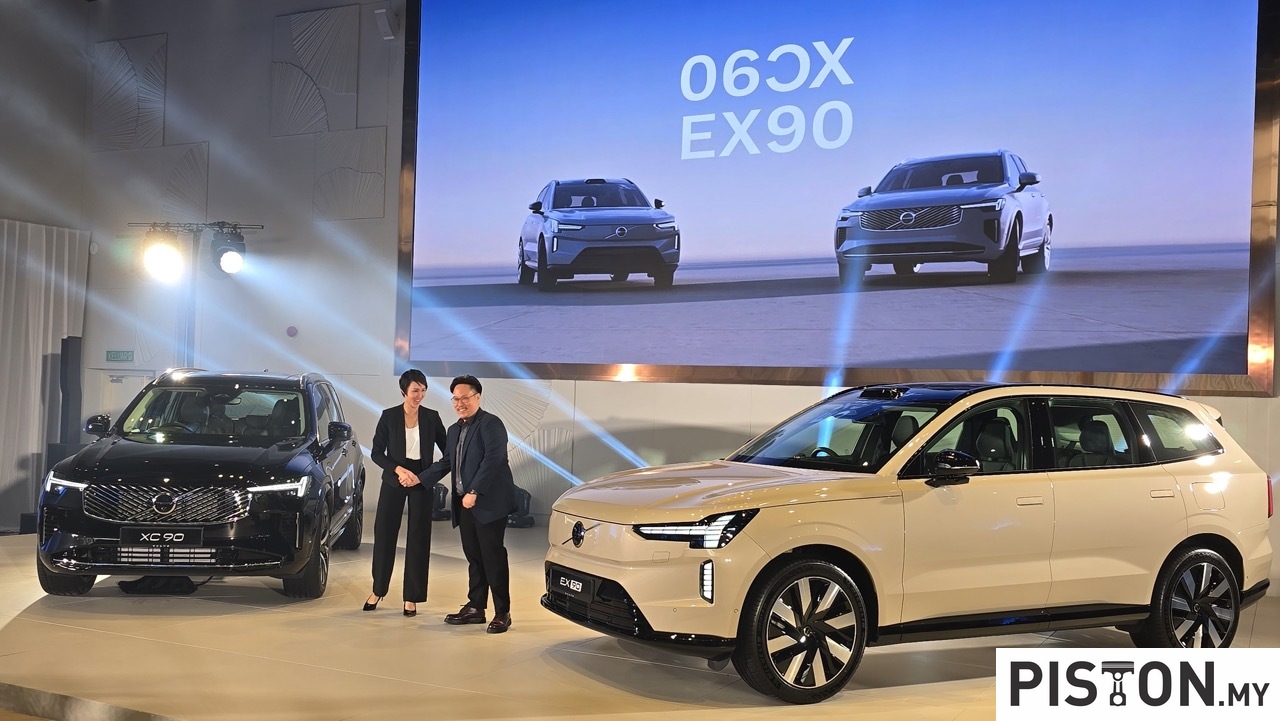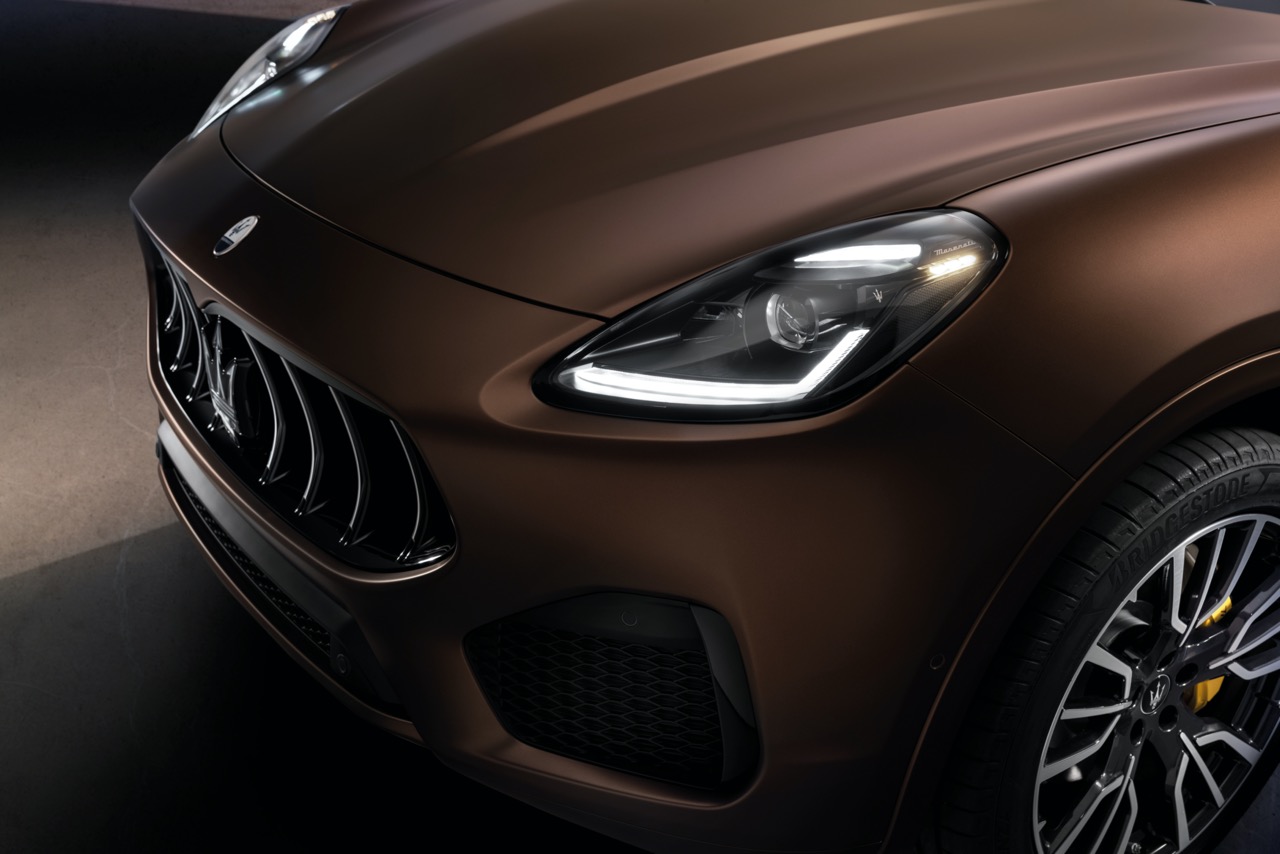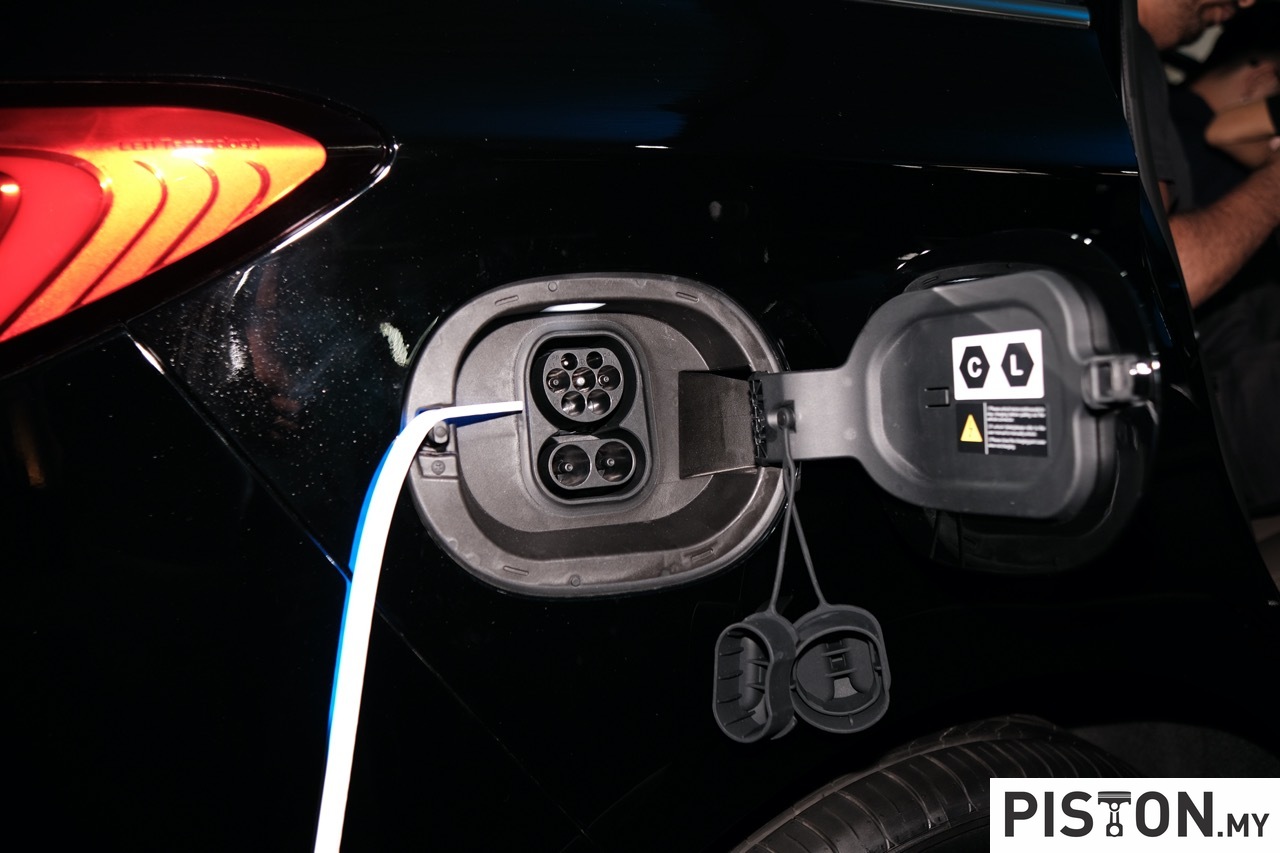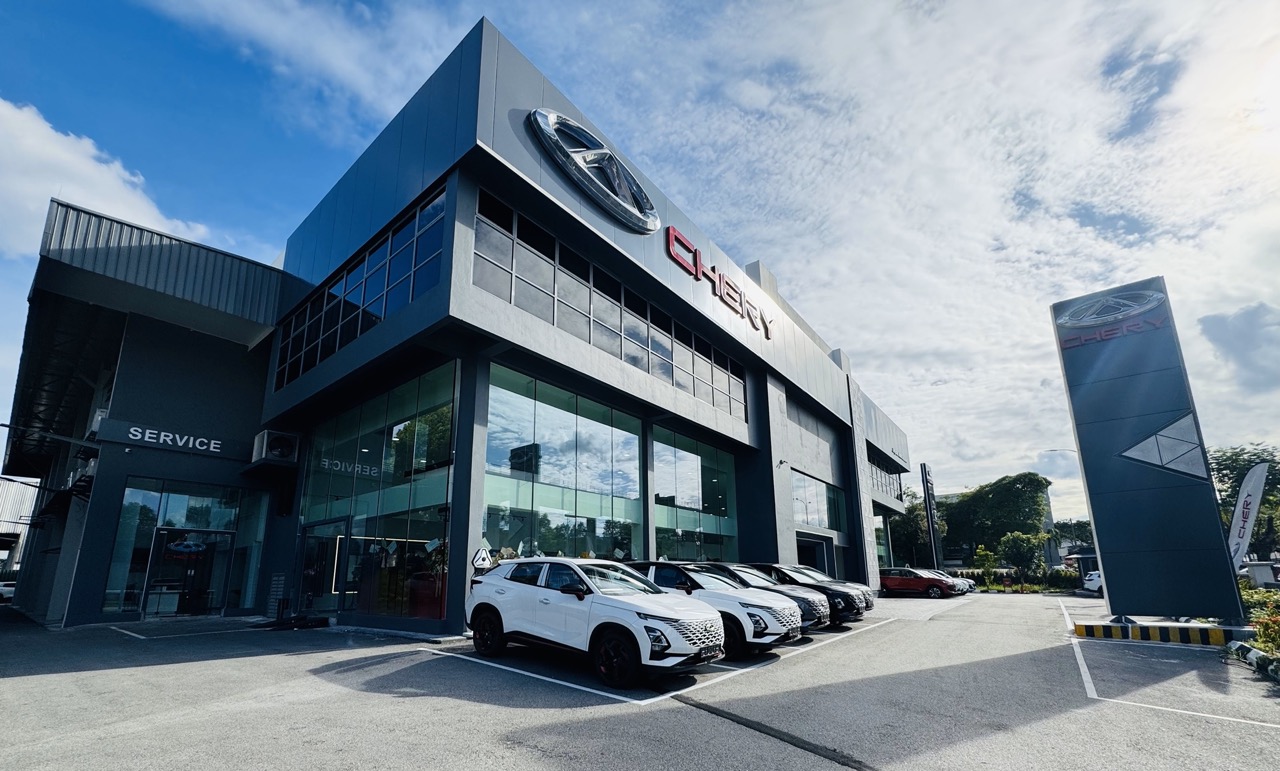With the debut of the new Lexus IS sports sedan, the premium brand is introducing the ‘Lexus Driving Signature’ that will become the development standard for all future Lexus models. The company explains that the ‘Lexus Driving Signature’ is defined by linear vehicle operation that is faithful to a driver’s intentions, providing seamless transition from braking to steering and acceleration through a corner.
These Lexus dynamic values were achieved by utilising the country road test course at the company’s new technical centre in Shimoyama, Japan, which opened in 2019. The new test course is based on many years of Lexus experience of driving on the Nurburgring Nordschleife, famous for its gruelling driving conditions.
The new test course has been designed to take advantage of the local topography, featuring a change in elevation of about 75 metres, a wide range of curves and a variety of road surfaces. By repeatedly subjecting both vehicle and engineers to daily tests in this severe driving environment, Lexus was able to devise an ever-higher dimension of vehicle performance – with the new IS being the first product to be ‘born’ at the Shimoyama facility.
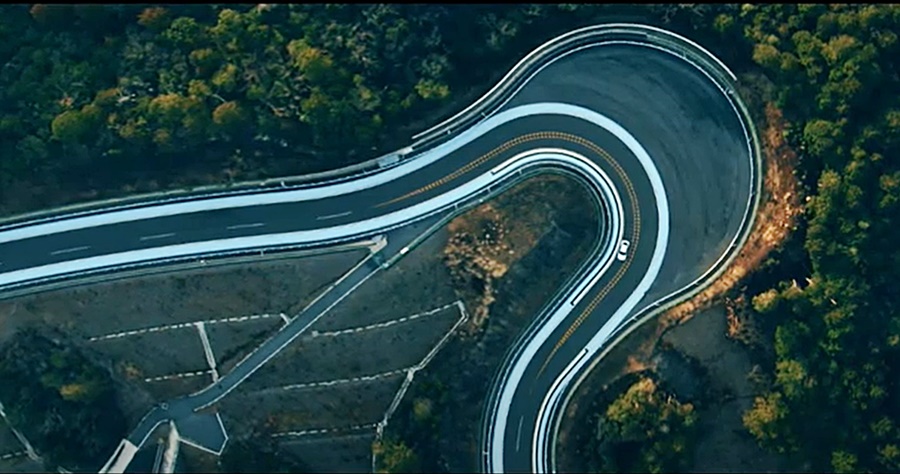
Reimagined sports sedan concept
The new IS reimagines the sports sedan concept with a low and wide stance, the sleek proportions of a four-door coupe, slimmer headlights and a lower, sharper side character line that combine to express a centre of gravity closer to the ground. This is further emphasised by single-blade rear combination lights sporting an ‘L’ motif and a sharper overall contour created by the character line around the bootlid.
According to Lexus International Chief Designer Kenichi Hirai, the aim for the new IS was to achieve an aggressive design that evokes a sense of driving. “To achieve a high degree of design, Lexus members in product planning, production technology, engineering, and styling combined their various insights and united behind development from an early stage,” he said.
The elaborate and dimensional forms unique to Lexus are made possible by the use of drawing die construction, the latest in high-precision stamping technology that adds a mechanism that slides in tandem with the movement of the stamping press.
Body rigidity is enhanced by reinforcing radiator side supports, increasing the number of front-side-member weld points and optimising structures from the rear-quarter pillars to the sides of the roof, among other areas.
Focus on driving dynamics
Developing the sports sedan, the focus of the engineers’ attention was on driving dynamics and they sought to improve elements such as responsiveness to driver input and the suppression of unnecessary movement in sprung mass. New swing-valve shock absorbers have been employed and are equipped with ultra-low-velocity valves that respond to even minor road irregularities, generating the most appropriate damping force.
The availability of new-design 19-inch tyres improves cornering performance. Hub bolts are used to fasten the wheels, resulting in tight handling and braking due to increased fastening strength and reduced mass. With optional 18-inch wheels (comparative to the previous IS F Sport), the car rides on a 45mm-wider front track and 50mm-wider rear track.
Three powertrains
Besides the IS 300h hybrid powertrain, there is also an advanced 2.0-litre turbocharged 4-cylinder engine available for the IS 300. This now features enhanced adaptive control for the 8-speed automatic transmission. An 8-speed automatic transmission also continues to be available in the 3.5-litre normally aspirated V6-powered IS 350 (powertrain shown below).
New interior themes
Within the new IS are key firsts which include a new form of Lexus decorative expression for part of the door trim. This features a graphic pattern of embossed intersecting lines, new accents in surface treatments and decorative ornamentation.
A 10.3-inch display screen features newly forward-mounted positioning, touch-display functionality and Apple CarPlay and Android Auto compatibility for the first time in the model.
Lexus Safety System+ evolved
The Lexus Safety System+ suite has also been upgraded with newly added functions to create a safer on-road experience, including the addition or enhancement of Lane Trace Assist which has improved lane recognition performance that aids stability and comfort by automatically reducing vehicle speed to ensure constant g-forces while driving through curves.
The Pre-Collision Safety System has also been expanded to include intersection detection where, during right turns, the system responds to vehicles and to pedestrians crossing the street from the direction toward which the vehicle was travelling before it started to turn.
Ever since the debut of its first generation in 1999, the IS has pursued the fun of driving unique to compact rear-wheel-drive sports sedans. Approximately 1.09 million units of the sports sedan have been delivered over a span of more than 20 years.
To know more about Lexus models available in Malaysia, visit www.lexus.com.my.






